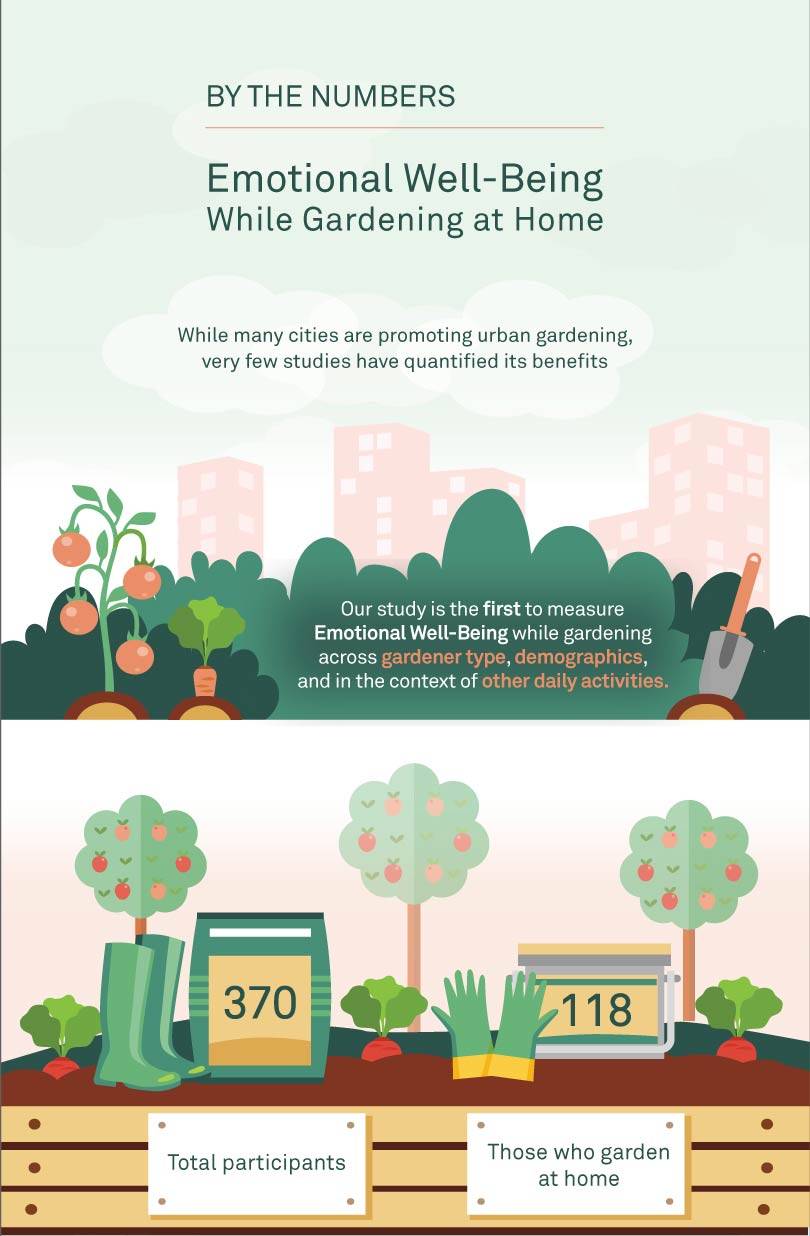What Does City Blooming Do?
What Does City Blooming Do?
Blog Article
The Single Strategy To Use For City Blooming
Table of ContentsExcitement About City BloomingThe City Blooming IdeasCity Blooming Can Be Fun For EveryoneSome Of City BloomingThe Only Guide to City Blooming
Nature has unbelievable impacts on our physical and psychological health, so it's not a surprise that a basic delicious on a desktop or some potted herbs on a windowsill can immediately boost an area. Take those plants an action further, and you'll cross right into the territory of metropolitan gardening, which brings also more advantages to people and neighborhoods alike.What Are Urban Gardens?Urban horticulture, occasionally referred to ascity gardening, is defined as "the process of cultivating eco-friendly areas in urban settings. "It encompasses a variety of projects from urban farming to patio gardens to area yards - indoor plants. Urban gardens can be tended by people, teams, companies, or organizations. The quantity and variety of food grown can differ extensively, as well as the size of the project itself, but urban horticulture campaigns are all rooted in a city setup.
Whether they include a collection of pots on a porch or a collection of plots on an uninhabited great deal, these gardens give even more than food, providing a host of ecological, economic, and social benefits. Since produce is expanded in regional setups rather than far-away farms, city gardening lowers transportation demands, as a result cutting down on carbon exhausts.
Top Guidelines Of City Blooming
Here at Appetite For Change, we use food as a device to construct wellness, wide range, and social adjustment in North Minneapolis. We bring individuals together to learn, cook, consume, and grow food, developing change that lasts.
With each other, we can develop well-rooted and growing modification!.

The main lesson we, once more, have to discover is that cities are not divorced from nature. They are a component of the bigger biome in which they lie. As planners and developers, we are educated to think holistically. While these disciplines promote cities as valuable, no city is best not even close, and the susceptabilities and affiliations of the global supply chain has actually impacted everybody in unanticipated ways.
See This Report about City Blooming
I will take a look at models from the past that promoted urban gardens and gardeners, and reveal what functioned and what did not. I will certainly review the possibilities and obstacles of being a city garden enthusiast, what is required to set up a garden of your own, and what laws and standards stand in the way of making cities much better at advertising city yards.
The quantity of time threw away getting to and from typical work environments has been well recorded. The collected negative results of contamination and stress that result from travelling alone by cars and truck as many Americans do are substantial.
The capability to come to the workplace for collaboration and society, and remain home for concentrated work is a concept that conserves time, is better for the atmosphere and is a smarter usage of limited sources. What hasn't yet taken hold is the link between these modifications in behaviors and exactly how cities can respond.
Little Known Questions About City Blooming.
What are the health and wellness influences of our cities suddenly overdesigned for automobiles? Just how can our city framework (roadways, energies) perform better, not only as conduits to move people and goods, but as contributors to natural systems? Urban phenomena such as smog, poor water quality and the 'heat island effect' can you could look here be mitigated by greening our streets, electrifying our vehicles and planting our parking area.
In a current post in the Wall Street Journal, Richard Florida talked about the phenomenon of 'zoom cities,' which attract remote employees by producing a picture of a better of life (sustainability). He wrote: "For cities, remote work transforms the emphasis from enticing companies with unique bargains to enticing talent with solutions and services
Urban horticulture now has several alternatives to assist you grow food any place you have area, such as with container gardening, hydroponic horticulture, and roof gardening. This suggests you can manage the place where you expand the food, and fret less concerning environmental conditions like dry spell or winter. You can select what you wish to expand, how you wish to grow it, and where you desire to expand.
Some Known Factual Statements About City Blooming
Growing mass-produced food with typical farming techniques takes a whole lot out of the planet. Past the several resources that are used on the ranch, the food after that needs to be delivered where it is grown to a store near you. That calls for burning a great deal of fuel. Generally in the U.S., food is currently delivered between 1,500 and 2,500 miles to get to the consumer.

Report this page